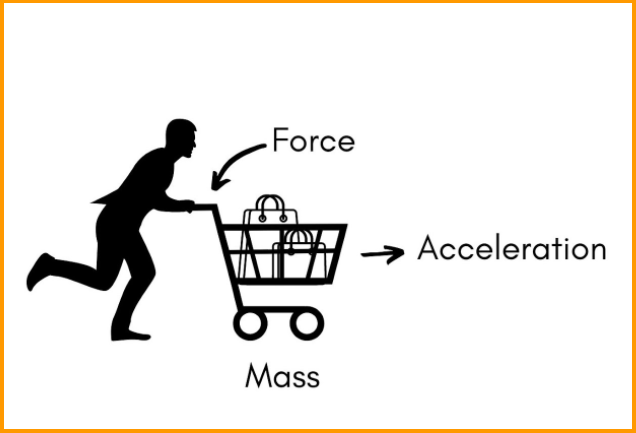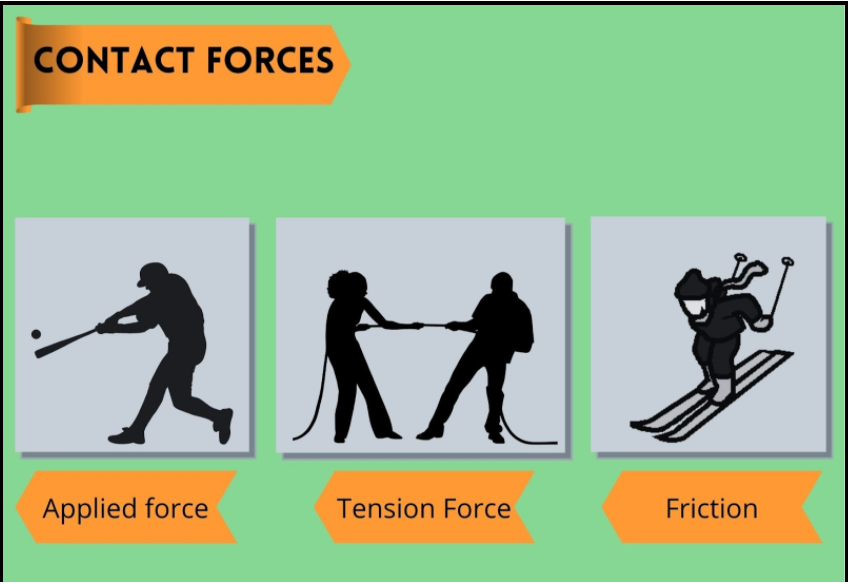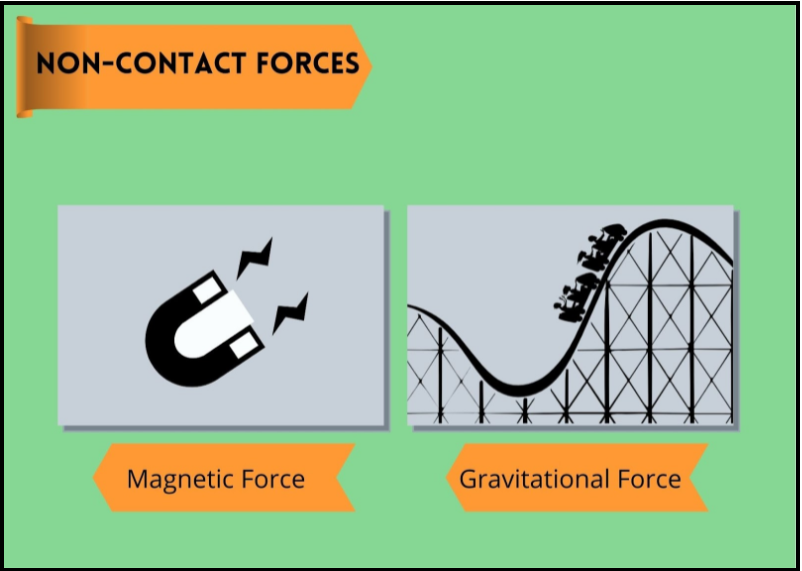Force Definition, Units, Types, Formula, and Applications
Publish Date:As you scroll through this page, you might not realize it but you will be making use of force. Similarly, if you are reading this article while sitting, walking, or even on a plane, force is helping all these states to exist!
Force mostly goes unnoticed but at points, it makes itself known and tells us that there is a reality called force.
So the questions arise such as “What is force and how to find it?” or “ what is the formula to find force?” or “what are the types of force?”.
Don’t worry because you will hopefully find the answers to all these questions in this post. In the first part, we will discuss force and its formula and in the latter part of the article, you will learn about the types of force.
What is Force?
The basic introduction of force includes its definition, units, formula, and an example using force formula.
Force - Definition
The most common definition of force which you can also find on Wikipedia is:
“In physics, a force is any influence that, when unopposed, will change the motion of an object.”
It’s a physical quantity that can change the state of a body. This can include:
- Changing the state of rest to the motion.
- Bringing a moving body to rest.
- Causing acceleration.
- Distorting or deforming the shape of an object etc.
These are a few of many changes that force can bring.
Units of Force
The SI unit of force is Newton. It is the amount of force required to cause an acceleration of 1 meter per second squared in a body of mass 1 kilogram.
The base unit of Newton is kgms-2 which is represented in dimensions as [MLT-2].
Fun Fact: Did you think that ‘this’ Newton and the famous scientist Isaac Newton are related? If yes then you are right. Newton made remarkable discoveries in this field that is why the unit of force is named after him.
In the CGS system, force is measured in Dynes. The other units of force include poundal, ton, gram force, kip, etc.
Force Formula
The formula of force was defined by Newton in his second law of motion. According to this law:
A force (F) causes an acceleration (a) in the direction of force, in a body of mass (m).

This can be written in equation form as:
F = ma |
In this equation, F stands for force, m is mass, and a represents acceleration.
The formula to find acceleration is a = v/t. If we put this in force formula then we get.
F = mv/t |
The physical quantity momentum (p) is also given by mv. The formula of force can be written as;
F = p/t |
This relation states that force is also the rate of change of momentum.
How to calculate force?
The two options to calculate force are; force calculator or using the formula. In the force calculator, you only need to enter the values and press enter. To calculate force using the formula, understand this example.
Example:
Calculate the force acting on a body of mass 10 kg. The body is moving with an acceleration of 7ms-2.
Solution:
Step 1: Identify the values.
Mass = 10 kg
Acceleration = 7 ms-2
Step 2: Use the formula:
F = ma
F = (10)(7)
F = 10 N
Yes, this easy!
Types of force and its Applications
On the basis of interaction, force is divided into two broad types. These types are:
- Contact forces
- Non-contact forces
1. Contact forces
The type of forces that are produced in an interaction between bodies. These forces only result when two bodies or objects come in physical contact. Some forces under this type are:

Applied Force
It is the most basic type and usually only applied force is acknowledged by busy humans in their daily life. It is the force that a body applies to another body when they collide.
Applications: We see examples of applied force everywhere. It can be me pushing the buttons of the keyboard to type or a bodybuilder practicing on a punching bag.
When you push a table, a bat hits a ball, a car bumps into another car, the state or shape of the object changes due to the applied force.
The force of Friction
Friction is the force that is produced when two surfaces slide over each other. Force of friction often opposes the motion of a body. It works in the opposite direction of the motion.
Applications: Friction is the main force that helps the body to come to rest. It helps us to walk, write and scrabble. In the absence of the force of friction, the bodies will not cease to slide and will continue their motion.
Tension Force
The force that exists in a string, wire, or cable when both of its ends experience pulling force is called tension.
Applications: The force of tension is often used to pull objects. Pulling a box by a rope, lifting car wreckage with the cable of a crane, or a game of tug of war.
2. Non-Contact forces
These are the forces that act on the object from a distance and use air as a medium to transfer the effect. In these forces, one cannot see the actual interaction between bodies. A few forces that are non-contact forces are:

Gravitational force
You would have heard the word “gravity”. It is the force that exists between the elements of the solar system. The pull of earth, moon, and sun, all are a result of this force.
Applications: Earth pulls the objects towards its center with the gravitational force. It can be you on the earth’s surface, a ball thrown in the air, or a car coming downhill. Similarly, the sun uses this force to hold its gases.
Magnetic Force
Magnetic force is the force that is exerted by a magnet on an object or another magnet.
Applications: This force is mostly used in electric devices. For example, electromagnetic cranes that lift metal objects, MRI scanners using magnetic resonance, and appliances of daily use like motors, electric bells, and loudspeakers.
Summary
Force plays a vital role in our life. We cannot even imagine our life without it. Even the most basic phenomena use different forces as an integral factor.
Although it is very important (and important things are often complex), the concept of force is easy to understand. It has a simple formula so it can be calculated easily as well.
References
- https://www.thoughtco.com/force-definition-and-examples-science-3866337
- https://www.britannica.com/science/force-physics
- https://www.physicsclassroom.com/Class/newtlaws/u2l2b.cfm